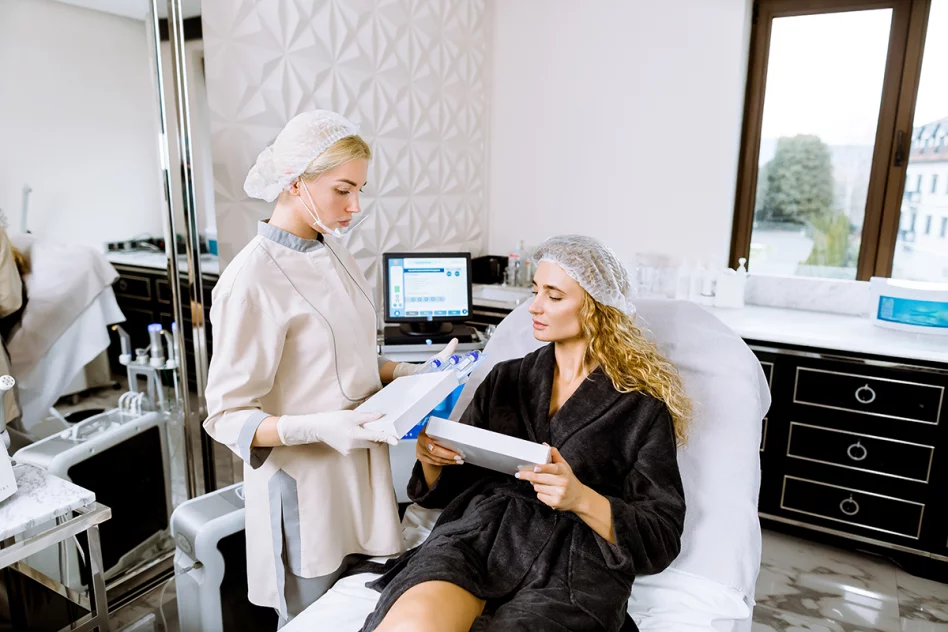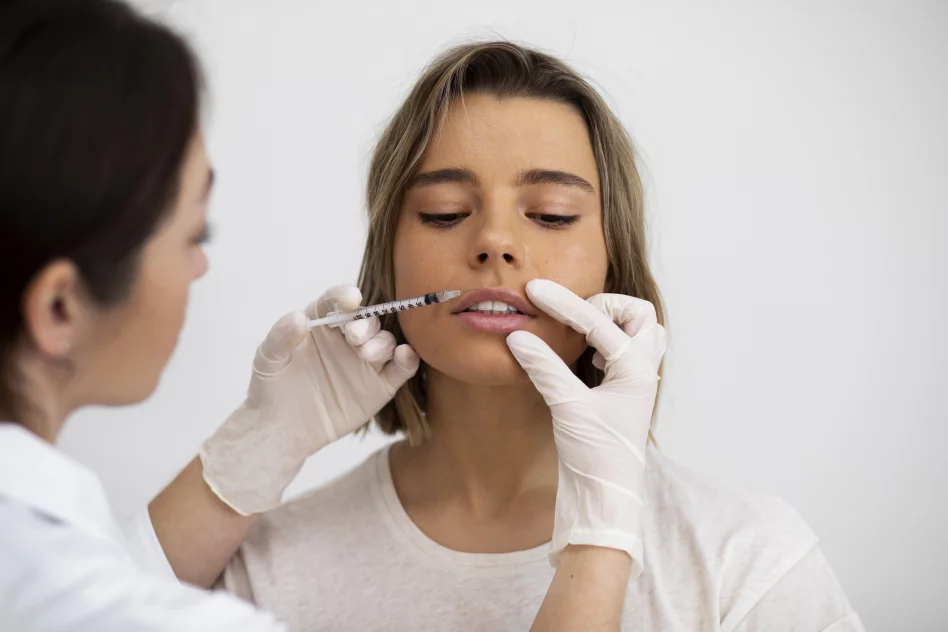- Home
- Offers
- Exosomes
- Polynucleotides
-
Brands
-
Manufacturers
- Fillers
- Treatment Areas
- Biostimulators
- Skin Boosters
- Mesotherapy
- Body
- Devices
- Threads
- Needles
- Cannulas
- Cosmetics
- Library
- Academy
- Blog
- Medical Advice
- e-FILLERS Before + After Studio
- About us | Contact
Categories
Recent Posts
Products
-
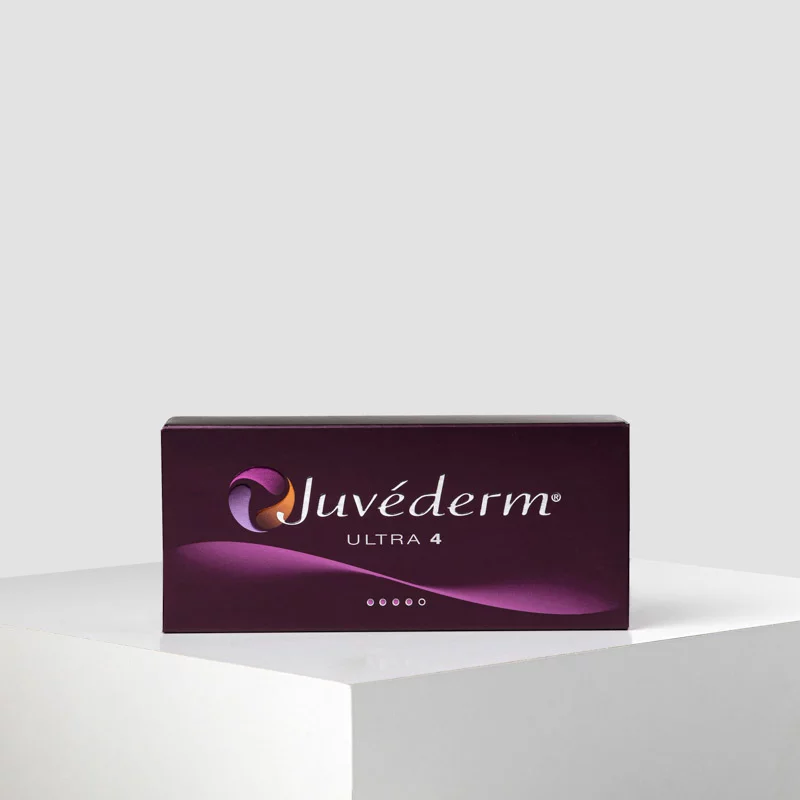
163,00 € 146,70 € -10%
JUVÉDERM® ULTRA 4 - 2x1ml -
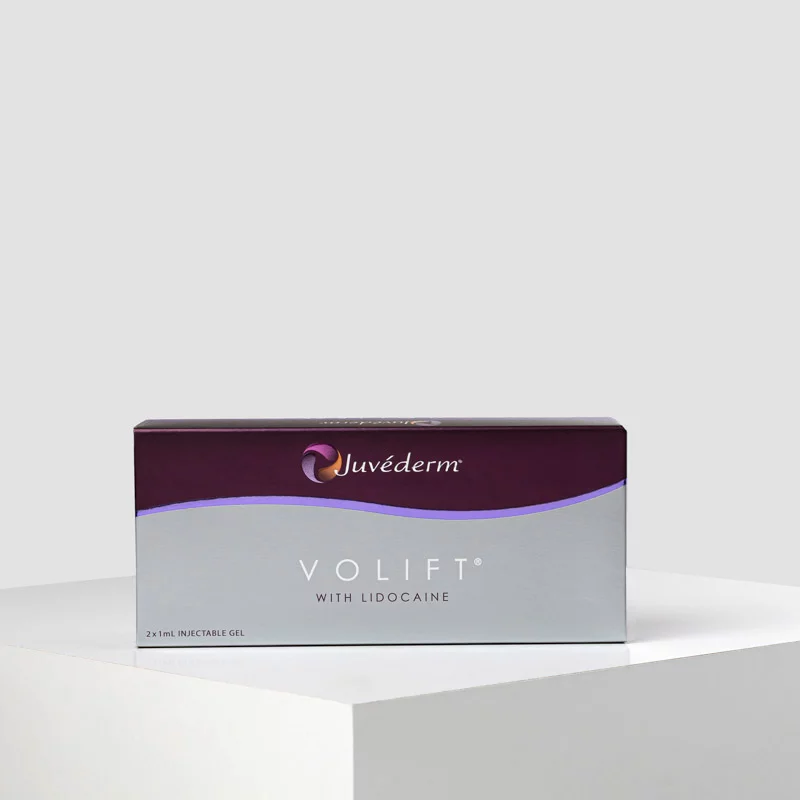
195,00 € 175,50 € -10%
JUVÉDERM® VOLIFT™ LIDOCAINE - 2x1ml -
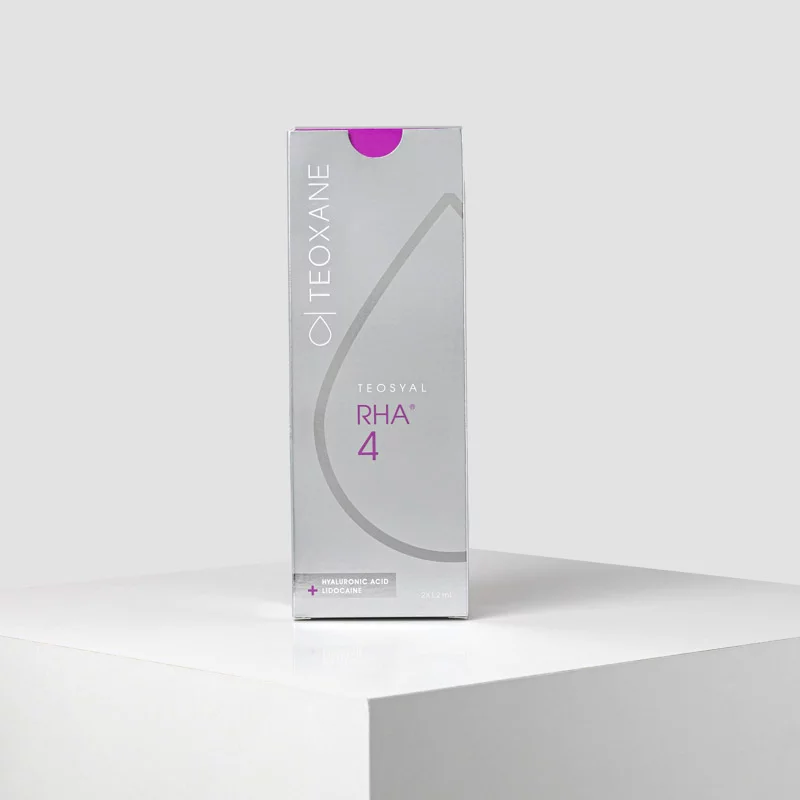
155,00 € 139,50 € -10%
TEOSYAL RHA® 4 - 2x1,2ml -
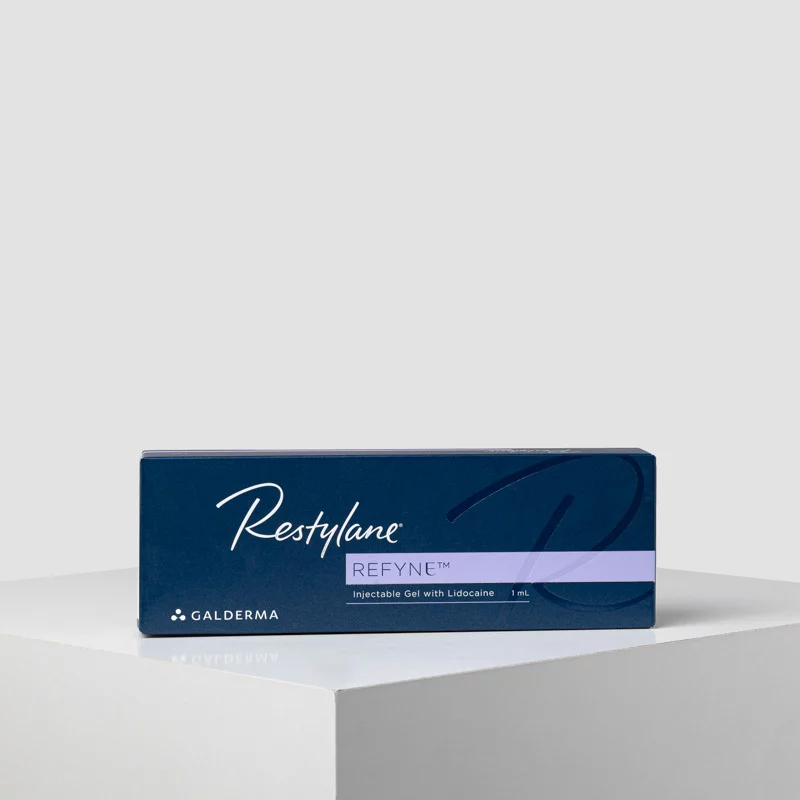
70,00 € 63,00 € -10%
Restylane® Refyne Lidocaine - 1x1ml
Tags
-

- Author e-FILLERS Team
- Aug 29th, 2025
Cheek Fillers: How Long Do Results Last?
.webp)
Introduction
Cheek fillers have become one of the most requested non-surgical treatments in aesthetic medicine. By restoring mid-face volume, lifting sagging skin, and enhancing contour, fillers can dramatically refresh the appearance without downtime.
But one of the first questions patients ask is: “How long do cheek fillers last?”
The answer depends on several factors—including the type of filler used, the patient’s lifestyle, and their unique facial anatomy.
Average Longevity of Cheek Fillers
Hyaluronic Acid (HA) Fillers – Typically last 9 to 18 months in the cheek area. HA products are the most popular choice due to their safety, reversibility, and natural results.
Calcium Hydroxylapatite (CaHA) Fillers – Results can last 12 to 18 months, offering more structure and stimulation of collagen.
Poly-L-Lactic Acid (PLLA) Biostimulators – Instead of immediate volume, these gradually stimulate collagen and may last up to 2 years with proper maintenance sessions.
Factors That Influence Longevity
Several variables can shorten or extend the lifespan of cheek fillers:
Type of Filler – Cross-linking technology, density, and composition determine durability.
Metabolism – Faster metabolisms may break down HA quicker.
Lifestyle – Smoking, sun exposure, and frequent exercise can affect duration.
Treatment Area – The cheeks tend to hold fillers longer than lips or tear troughs due to less movement.
Injection Technique – Proper placement and layering by an experienced injector ensures stability and natural integration.
Signs It’s Time for a Touch-Up
Patients may notice:
Gradual loss of volume and contour.
Reduced lifting effect in the mid-face.
Fine lines and sagging reappearing.
Regular maintenance (often once a year) helps sustain results and prevent dramatic changes between sessions.
Tips for Prolonging Results
Follow aftercare instructions (avoid excessive heat, pressure, or massage initially).
Use SPF daily to protect skin and filler integrity.
Maintain healthy hydration and skincare routines.
Schedule maintenance treatments before full correction is lost.
Safety Considerations
While cheek fillers are considered safe when performed by trained medical professionals, patients should be aware of possible side effects (swelling, bruising, tenderness). Choosing CE-marked or FDA-approved products from trusted brands ensures both safety and predictability of results.
Conclusion
Cheek fillers are a powerful way to restore youthful contours and enhance facial harmony without surgery. On average, results last 9 to 18 months—sometimes longer with biostimulators. By considering product type, lifestyle, and ongoing care, patients and practitioners can achieve long-lasting, natural-looking outcomes.
Dermal Fillers
Gender-Affirming Aesthetic Treatments with FillersDermal Fillers
Under-Eye Fillers: Do They Really Work for Dark Circles?
.webp)

.webp)



